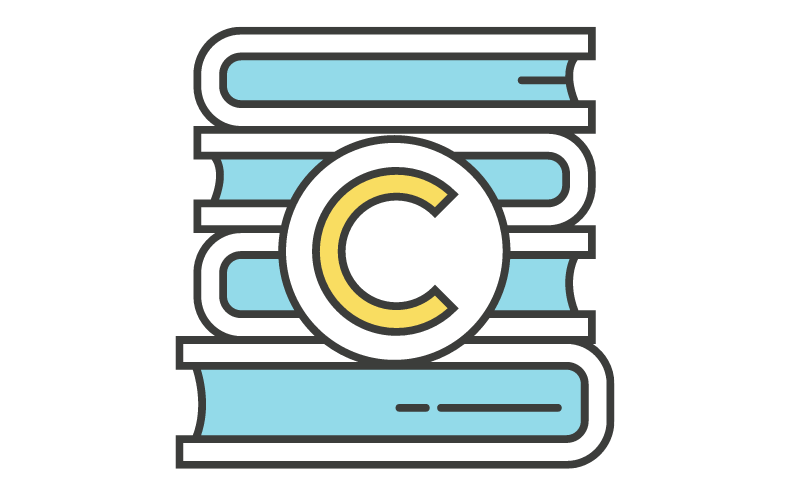The Digital Millennium Copyright Act (DMCA) & You
If you publish or share your photos online, especially as part of your social media or marketing outreach, prepare for the possibility of people reposting your work without permission.
In the early days of the Internet, it wasn’t 100% clear whether or not online service providers were liable if their users committed copyright infringement. In response to growing uncertainties, in 1998 the US Congress passed the Digital Millennium Copyright Act (DMCA) to address these important copyright issues on the web.
The most important provision of the DMCA is its legal protections for online service providers in certain situations if their users engage in copyright infringement. Section 512 sets limits on liability for Internet service providers who satisfy the required criteria, referred to as “safe harbors.” These service providers are shielded from monetary liability for copyright infringement based on the actions of their users, in exchange for cooperating with copyright owners to quickly take down infringing content and meeting certain conditions. The basic concept is that the service provider does not have direct control over the content posted on their platforms and therefore should not be liable. Online service providers must register with the US Copyright Office as a “Designated Agent” to be eligible for safe harbor protection.
What Can You Do if Someone Posts Your Work Online Without Permission?
This is where the DMCA notice-and-takedown system comes in. If you find a website has infringed on your copyright, filling out a takedown form obligates the online service provider to act quickly to remove the content. If the content was taken down in error, the person who posted the infringing photo can file a counter-notice. If someone files a counter-notice the content will automatically be reposted after a certain period of time and will only be removed if you file a lawsuit against the party who posted the content.
Other Ways the DMCA Protects You and Your Work
DMCA Section 1201 makes it unlawful for anyone to gain unauthorized access to your copyrighted works by circumventing technological protection measures (TPMs), namely access controls and copy controls. This may include decrypting an encrypted work, bypassing a password or paywall, etc. Similarly, under the DMCA it is unlawful to traffic certain technologies, products, services, devices, or components that can be used to circumvent TPMs.
Lastly, Section 1202 of the DMCA prohibits providing or distributing false copyright management information (CMI) with the intent to infringe the copyright of your work. This means it’s illegal for someone to change metadata included with your photo such as the title, the name of the author and copyright owner, and terms for use of the work to hide that they are stealing it.
However, Sections 1201 and 1202 require you to establish that the infringer intentionally committed these acts, unlike copyright infringement which does not require intent.
Final Thoughts DMCA protections are and continue to be essential for furthering the growth of the Internet industry.
Note: PicRights is not a law firm and our copyright compliance officers are not attorneys. The material provided on this website is for general information purposes only and should not be taken as legal advice.
